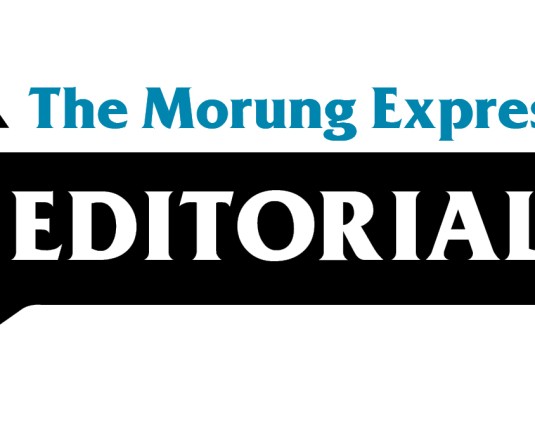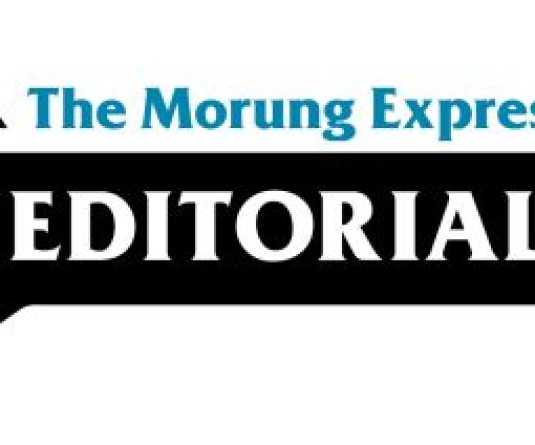
Liveable communities and resilient cities are ‘buzzwords of the moment,’ but how exactly these concepts are defined? In an article published last September in collaboration with The Conversation, the World Economic Forum (WEF) identified some critical ‘consistent factors.’
These factors include residents feeling safe, socially connected and included; environmental sustainability; and access to affordable and diverse housing options linked via public transport, walking and cycling infrastructure to employment, education, local shops, public open space and parks, health and community services, leisure and culture. The essential ingredients were decided after an extensive review of liveability definitions used in academic and grey literature internationally, the article noted.
The annual Economist Intelligence Unit’s Global Liveability Ranking also examines the quality of health care, education, infrastructure, stability, and culture while assessing the living conditions of each city.
Closer home, the ‘Ease of Living Index (EoLI)’ rankings, touted as a transformative initiative to help the cities assess their liveability vis-à-vis national and global benchmarks, was launched by the Ministry of Housing and Urban Affairs (MoHUA) in 2018.
The cities were evaluated on four main pillars namely- Institutional, Social, Economic and Physical. It was further broken down into 78 indicators across 15 categories - governance, identity and culture, education, health, safety and security, economy, affordable housing, land use planning, public open spaces, transportation and mobility, assured water supply, waste-water management, solid waste management, power, and quality of environment. Over 60,000 citizens’ feedback were also collected to measure satisfaction on urban services, according to MoHUA.
When the first EoLI, covering 111 Indian cities, was unveiled on August 13, 2018, Nagaland State’s capital Kohima had the dubious distinction of being tagged the second most unliveable city in India, ‘beaten’ to the bottom by Rampur in Uttar Pradesh.
Out of four pillars, Kohima performed least in Physical Institutional, and Economy and Employment, while performing relatively better in Social Sub-Index at 85th position.
The social pillar, among others, measured availability and accessibility of education and healthcare facilities, as well as ensuring a safe and secure environment. In addition, fostering the existing culture, strengthening identity and sense of belonging to the city among its residents were measured.
In physical pillar, provision of housing and basic services (such as water and water management, transportation and pedestrian facilities), and adequate power, among others, were measured. Kohima stood at 102.
Under Institutional pillars, overcoming challenges associated with urban service delivery, quality of urban living, governance and opportunities for participatory growth were some common parameters. Kohima was ranked 108 out of 111 cities. It performed the least on economic pillar and was placed at 110. Consumer markets, human capital and resources, and real-estate activities were assessed under this pillar.
Since then, the city had have seen the implementation of various initiatives and the Kohima Smart City Development Limited (KDSL) perceptibly seems to be striving to improves its ranking.
As the initial build-up for the second edition (EoLI 2019) commenced, a ‘Citizen Perception Survey’ is also being conducted concurrently by the MoHUA. This survey, administered both online and offline, commenced on February 1 and will culminate on February 29.
The survey has questionnaires on affordability of - good quality education and healthcare, rental/housing & transportation; cleanliness; waste management; water supply; safety; efficiency of emergency services; availability of recreational facilities like parks, cinema and theatre; opportunities for those seeking to earn a livelihood; household income; ease of access to various financial services like insurance, banking and ATMs, and credit; air quality and greenery and quality and affordability of electricity supply. The Morung Express in an article today has given some glimpses.
Generating information to guide evidence-based policymaking and catalyse action to achieve broader developmental outcomes including the Sustainable Development Goal are two stated objectives of EoLI.
Were there any policy changes based on evidence provided by the last index? What course corrections were done? Were deficiencies identified and action started to ensure their provisions? These are some general queries to ponder as one awaits the final outcome.
In the meantime, all the liveability indexes discussed above, more or less, seem to converge to some critical ‘consistent factors’ elaborated in the beginning. Ranking or otherwise, it is the duty of those at the helms of affairs to ensure these factors to enable more organic liveability.





